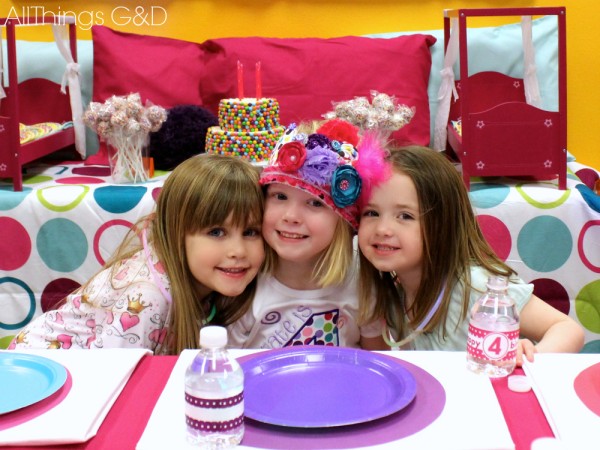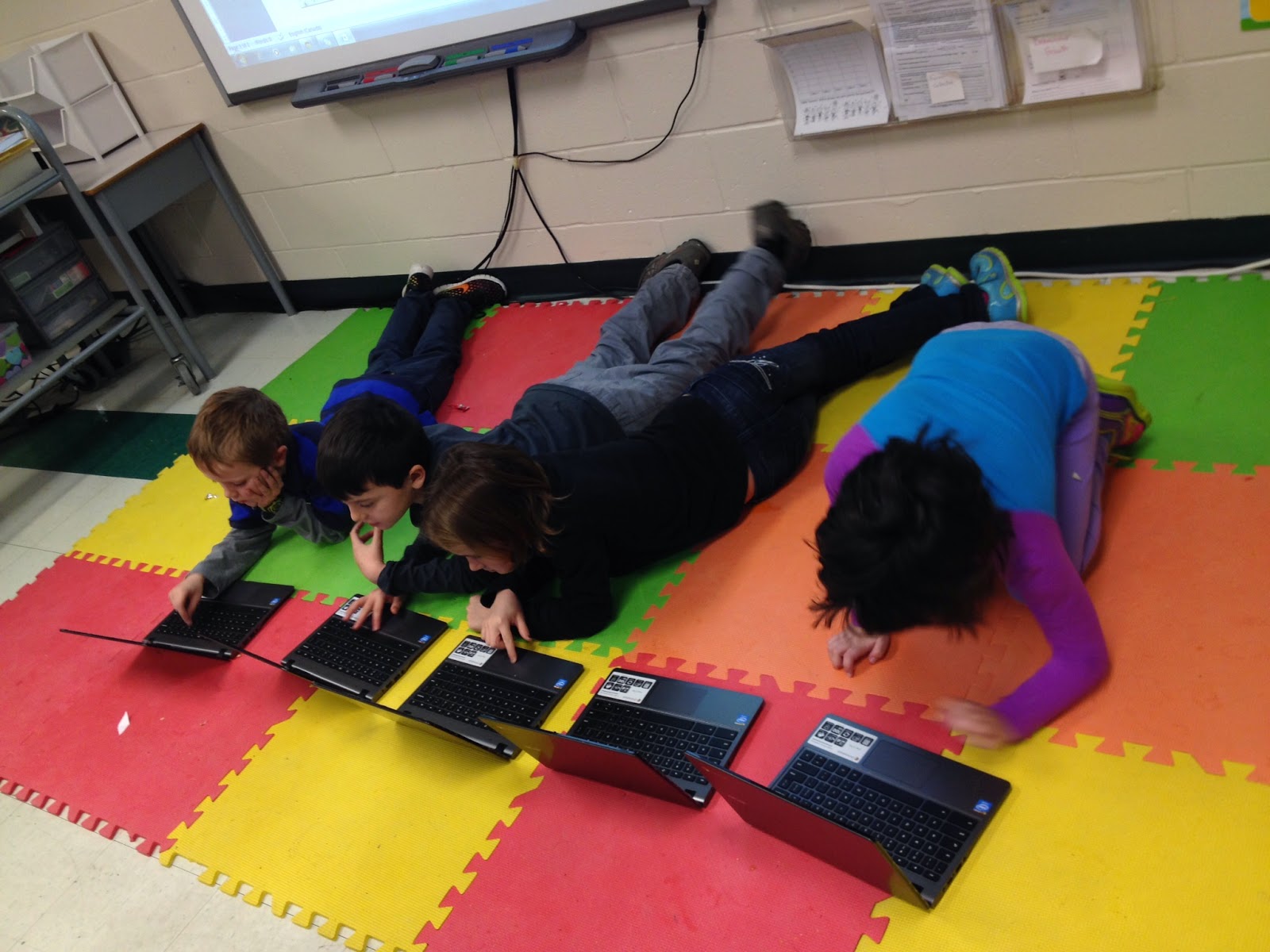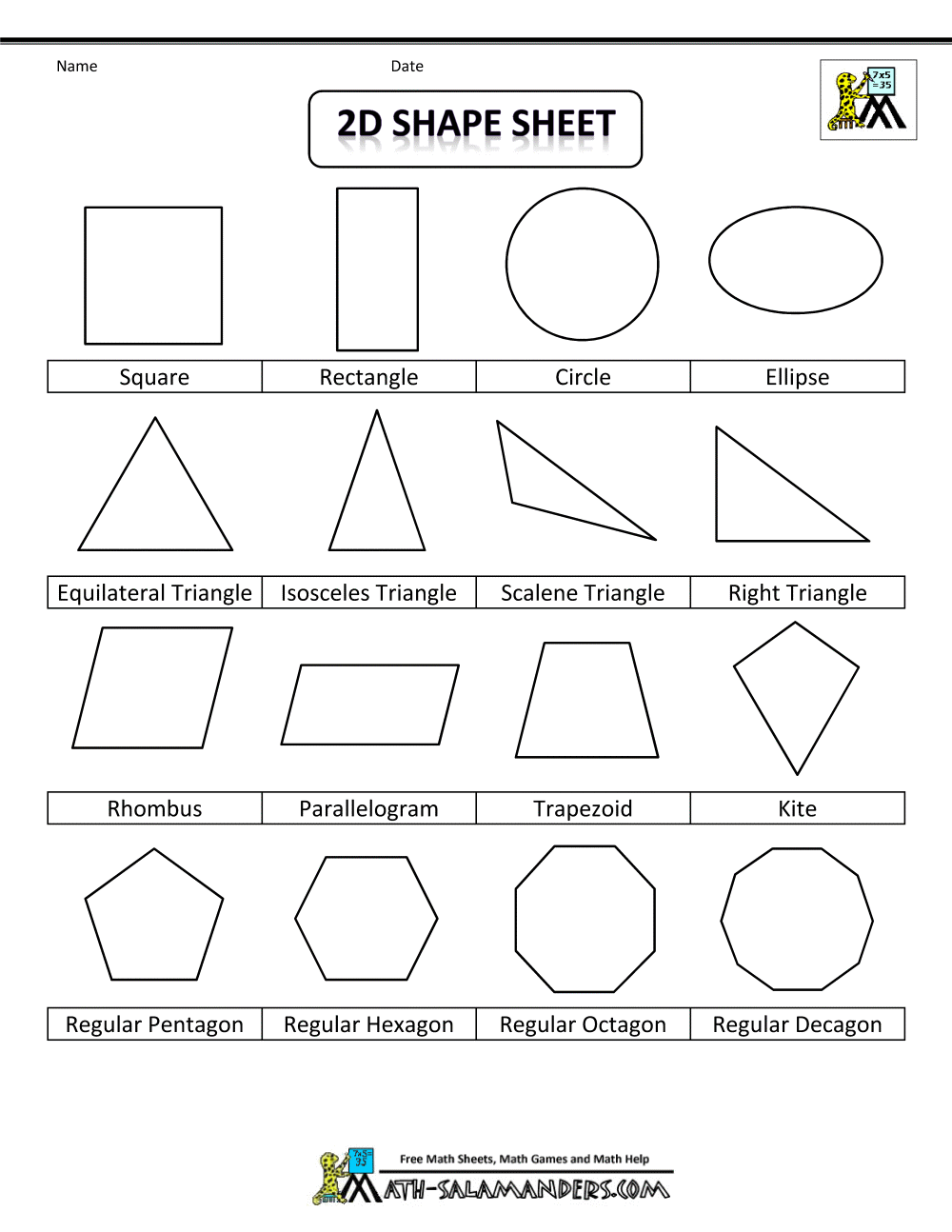Winter learning......
Math is all about multiplying these days!
When you hear the word anchor chart, here is an example (picture
not as clear as I would like). An anchor chart is something the teacher creates with the class. It is posted so that students can remember the key ideas as they do their assignment. So if you hear us natter away "Use the anchor chart...." it means that your child may find it helpful to be independent and check what they need to include in a certain piece of work.
Multiplying is about repeated addition of equal groups. We have just learned about using an array to show multiplying.
We will learn the meaning of multiplication but I also feel that learning quick recall of the X tables is also helpful. We will start with the 3 X tables and then will continue with the 5 X tables. In Grade 3 we go up to 7 X 7. I also do X 10 as it is very easy and useful. To help students we will play games in teams, Around the World, flash cards, dice and playing cards. There are many good interactive websites and apps to help learning. http://www.multiplication.com/
Yesterday Julia B's team won the 3X game, but today after secret plans were made to study, Faith's team won! Both teams held a huddle to make a plan for the next REMATCH!!! How can you help?? Remind your child to practice by playing a game to learn the tables.

We came up with solutions to try and a plan. When the student added that birthday parties were an issue, everyone had feelings to share about not being invited to parties or, about having a party and wondering why people didn't come.
 Listening to each other and asking openly about what others were thinking was very therapeutic for the students. Hearing that others feel the same way helped a lot. One idea that 2 students had, Aymerick and Luke, was to have a very small party, more like a playdate.
Listening to each other and asking openly about what others were thinking was very therapeutic for the students. Hearing that others feel the same way helped a lot. One idea that 2 students had, Aymerick and Luke, was to have a very small party, more like a playdate.
I agreed to share their ideas on the blog because as parents, you are their home family and can help too. Every single child in our class today showed compassion and understanding to each other. I wanted to share their solution of playdates with you but even more importantly, I really wanted you to have a glimpse of how your children made you very proud that day.
 This array shows 4 X 5 or 5 X 4 = 20 . It is just a special way of showing equal groups in a more organized way using rows and columns.
This array shows 4 X 5 or 5 X 4 = 20 . It is just a special way of showing equal groups in a more organized way using rows and columns.
.jpg) |
| Playing a game by counting to 30 by 3's |
 |
| We throw the dice (numbered 1-7) and X3 |
Yesterday Julia B's team won the 3X game, but today after secret plans were made to study, Faith's team won! Both teams held a huddle to make a plan for the next REMATCH!!! How can you help?? Remind your child to practice by playing a game to learn the tables.
Class Meetings
Find out how kind and caring your children are.....
We are having class meetings more consistently these days. A class meeting is held on the carpet. The teacher is a guide but not "in charge", more of a facilitator We begin with what is going well or sometimes go directly to a problem. A student brings up a problem to discuss. It is very open and honest. We name the people we might be upset with and speak about our feelings, try to find out why a behaviour is happening and try to find solutions. We talk about the solutions and then come to a consensus where everyone agrees and buys into the solution. It uses peer pressure in a positive way and it makes it very clear that we are a team and we care about each other.




I would like to share what we discussed 2 weeks ago.
The problem was that someone was very, very sad and felt they did not have friends. The person didn't have people to play with at recess. The class immediately sat up and listened They took it very seriously. Right away Luke said he and his friend would really want to play with that student. Others quickly chimed in with invitations. Marlee said that we are like a family to each other. "We are your school family." The next day, Julia B came racing into the room after recess to tell me our class meeting helped! Our previously sad friend was overjoyed to have friends!

We came up with solutions to try and a plan. When the student added that birthday parties were an issue, everyone had feelings to share about not being invited to parties or, about having a party and wondering why people didn't come.
 Listening to each other and asking openly about what others were thinking was very therapeutic for the students. Hearing that others feel the same way helped a lot. One idea that 2 students had, Aymerick and Luke, was to have a very small party, more like a playdate.
Listening to each other and asking openly about what others were thinking was very therapeutic for the students. Hearing that others feel the same way helped a lot. One idea that 2 students had, Aymerick and Luke, was to have a very small party, more like a playdate.








































